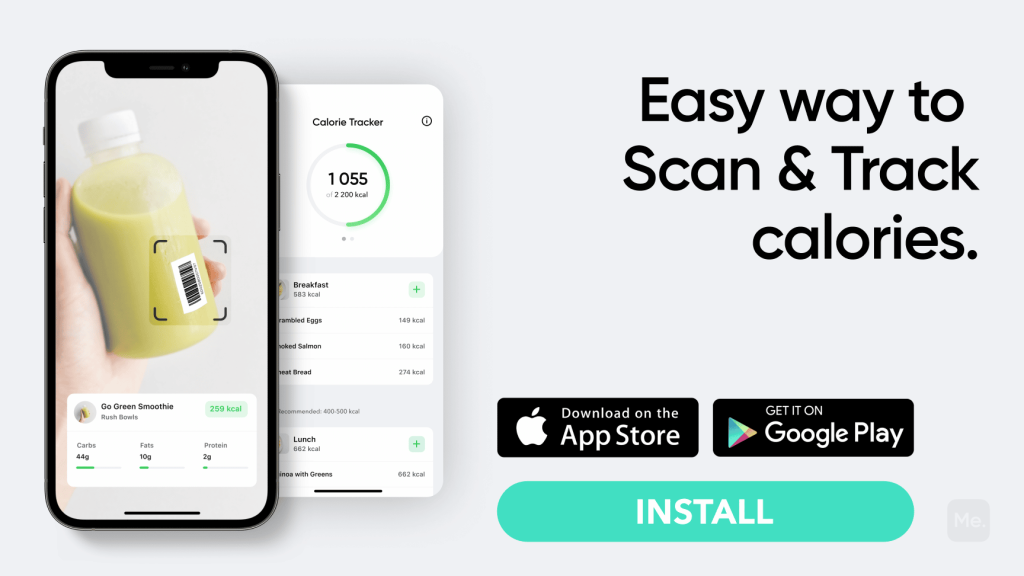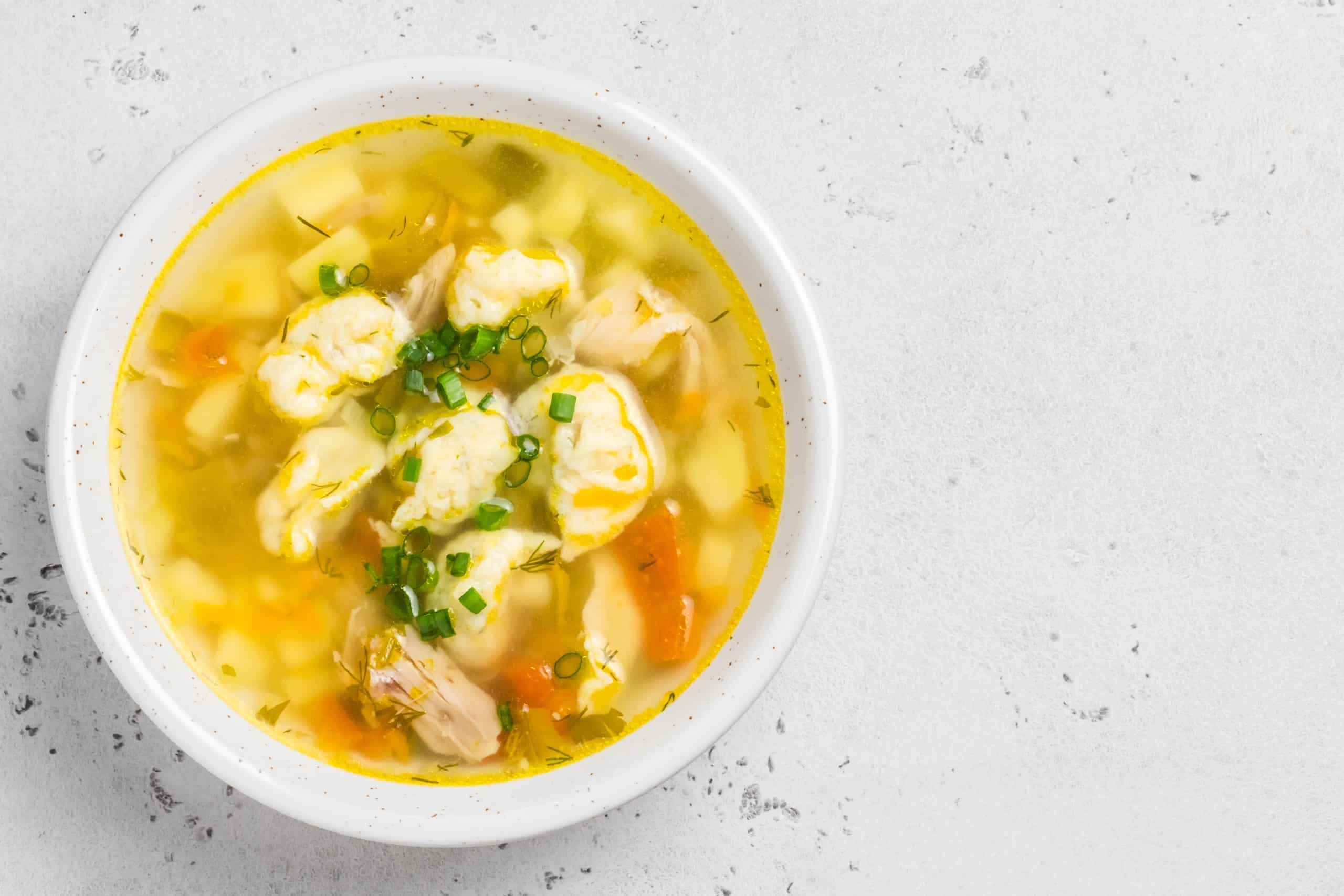If you don’t feel like preparing for Christmas and woould rather have some tasty vegan Halloween treats again, who can stop you? Your life, your rules! No matter if you want to treat yourself right now, or just looking for some fun recipes for the next season, our article is here to help you! We’ve gathered up 3 vegan Halloween recipes that are sure to please even the pickiest among ghosts and goblins. From candy corn to spider cookies, there’s something for everyone on this list. We’ll also tell you all about vegan candy ingredients; the best and worst Halloween candy for vegans, and where to find vegan Halloween candy. So whether you’re looking for a late recipe or just want to be prepared for next year, read on for everything you need to know about vegan Halloween recipes.
1. Vegan Candy Corn (5)
You can’t have Halloween without candy corn! This vegan version is just as sweet and tasty as the original, but without the waxy feel that some store-bought candy corn has.
Ingredients:
- 30 grams (¼ cup) of coconut milk powder
- 260 grams (2 cups) powdered sugar 1/4 tsp fine sea salt
- 100 grams (½ cup) granulated sugar 60 grams (¼ cup) maple syrup
- 3 tbsp water
- ½ tsp vanilla extract
- 4 tbsp vegan butter
- Liquid vegan food colors: yellow and orange
Instructions:
- Gather your equipment: You’ll need a large silicone mat or parchment paper, a saucepan, and a candy thermometer.
- In a food processor, combine the coconut milk powder, powdered sugar, and salt. Pulse a few times to combine.
- In a saucepan, combine the granulated sugar, maple syrup, water, and vanilla extract. Place over medium heat and stir until the sugar has dissolved.
- Add in the vegan butter and continue to stir until melted.
- Place the candy thermometer in the pan and continue to cook the mixture until it reaches 240 degrees Fahrenheit.
- Once the mixture has reached 240 degrees, remove it from the heat and set aside.
- Mix the dry ingredients: Pour the dry ingredients into a large bowl and whisk to combine.
- Slowly add the hot syrup: Add the hot syrup to the dry ingredients a little at a time, using a rubber spatula to fold in the syrup as you go. Be very careful as the mixture will be extremely hot. Allow the dough to cool for a few minutes so that it’s easy to handle.
- Divide the dough into three parts and color: Once the dough is cooled, divide it into three even portions. Add yellow food coloring to one portion, orange food coloring to another portion, and leave the third portion uncolored. Knead each portion until the color is evenly distributed.
- Roll out the dough: Place one of the colored pieces of dough on a silicon mat or piece of parchment paper. Use a rolling pin to roll the dough out into a long, thin rope. Repeat with the remaining two pieces of dough.
- Cut the candy corn: Once you have three long ropes of dough, use a sharp knife to cut the dough into small triangle shapes. If the dough becomes too sticky, you can dust your knife with powdered sugar.
- Allow the candy corn to dry: Place the candy corn on a silicon mat or piece of parchment paper and allow it to dry for 24 hours. Once it’s dry, it will be ready to eat!
Read More: Vegan Holiday Recipes: 12 Recipes You’ll Love
2. Vegan Spider Cookies (7)
These spooky spider cookies are the best vegan peanut butter cookies you’ll ever have! They’re made with aquafaba (a.k.a the water from a can of chickpeas), which gives them a light and fluffy texture.
Ingredients:
Spider Cookies for Halloween
- 1 cup peanut butter creamy or crunchy
- 1 cup granulated sugar
- 3 tbsp aquafaba (liquid from cooking legumes)
- 1 pinch salt
Spider decorations
- 1 pkg small vegan peanut butter cups
- ⅓ cup dark chocolate
- Anything you want to use for eyes, I used cut-up almonds, oatmeal, cacao nibs etcetera
Instructions:
- Preheat the oven to 350 degrees F (180 C) and line a baking sheet with parchment paper. Set aside.
- In a large bowl, whisk the aquafaba until stiff peaks form. This will take about 3 minutes.
- Add peanut butter, sugar, and salt to the bowl and mix until everything is well combined. The mixture will be crumbly at first, but keep mixing and it will come together.
- Scoop dough by the tablespoon onto the prepared baking sheet. Roll into balls and press down slightly. Make a small indentation in the center of each cookie with your thumb.
- Bake for 10 minutes, until the cookies are lightly golden brown.
- Remove from the oven and let cool on the baking sheet for a few minutes before transferring to a wire rack to cool completely.
- Once the cookies are cooled, it’s time to decorate! Melt the chocolate in a small bowl or the microwave. Using a small spoon, drizzle the chocolate over the cookies.
- Place two peanut butter cups upside down in the center of each cookie for the spider’s body. Add whatever you want to use for your eyes. I used cut-up almonds, oatmeal, and cacao nibs, but you can use anything you want!
- Allow the chocolate to set before serving. These cookies will keep in an airtight container at room temperature for up to 2 weeks.
If you tend to let yourself off the hook, raise the white flag when things get tougher than you expected, send yourself on an unconscious binge-eating trip – BetterMe app is here to help you leave all of these sabotaging habits in the past!
3. Vegan Meringue Ghosts (6)
Wondering how to make meringue without eggs? These vegan meringue ghosts are the perfect answer! They’re made with aquafaba (the water from a can of chickpeas), which gives them a light and fluffy texture.
Ingredients:
- ½ cup (120ml) aquafaba (chickpea brine)
- ½ teaspoon cream of tartar
- ½ cup (125g) Icing sugar
- A couple of squares of dark vegan chocolate
Instructions:
- Preheat the oven to 225°F (107°C).
- Start whisking the aquafaba and cream of tartar together in a very clean bowl until foamy.
- Gradually add the sugar, a couple of tablespoons at a time, while continuing to whisk until stiff peaks form and slowly dissolve. This could take up to 10 minutes.
- Fit a piping bag with a star nozzle and spoon the meringue mixture into the bag.
- Pipe ghosts onto a silicone mat or baking parchment, making sure to pipe a little tail on each one so you can pick them up later.
- Bake for 2 hours.
- Turn the oven off, but leave the meringue ghosts in there to cool for another hour.
- Melt the chocolate in a bowl over a pan of simmering water or in the microwave. Spoon into a piping bag and pipe eyes and mouths onto the ghosts.
- Leave to set then enjoy!
Reading Candy Labels For Vegan-Friendly Components
Below are some vegan-friendly components that you should look out for to know whether your candy is vegan:
Soy Lecithin: An Emulsifier That’s Often Used In Chocolate
Soy lecithin is a common ingredient in chocolate, and it’s used as an emulsifier. Emulsifiers help to keep the cocoa butter and other oils in chocolate from separating (2).
Soy lecithin is vegan.
Carnauba Wax: A Vegan Alternative To Beeswax
Carnauba wax is a plant-based wax that’s often used as a coating for candy. It helps to keep the candy from sticking together and gives it a nice shine. Carnauba wax is vegan, and it’s often used as a vegan alternative to beeswax.
Gum Arabic: A Stabilizer That’s Often Used In Gummy Candies
Gum arabic is a plant-based gum that’s often used as a stabilizer in gummy candies. It helps to keep the candy from melting and keeps it from sticking to surfaces (4). Gum arabic is vegan, and it’s a common ingredient in vegan gummy candies.
Xanthan Gum: A Vegan Stabilizer
Xanthan gum is a plant-based gum that’s often used as a stabilizer in gummy candies. It helps to keep the candy from melting and keeps it from sticking to surfaces (14). It’s made by the fermentation of glucose or sucrose by the bacterium Xanthomonas campestris.
Xanthan gum is vegan, and it’s a common ingredient in vegan gummy candies.
Vegan-Friendly Sweeteners
Most candy is made with sugar, but there are a few vegan-friendly alternatives that are often used as well. Here are some of the most common vegan-friendly sweeteners:
- Organic sugar: made from sugar cane or sugar beets and doesn’t use animal byproducts in the processing.
- Beet sugar: made from sugar beets and doesn’t use animal byproducts in the processing.
- Cane sugar: made from sugar cane and doesn’t use animal byproducts in the processing.
- Corn syrup: made from corn and doesn’t use animal byproducts in the processing.
- Maple syrup: made from boiling down maple tree sap and is completely vegan.
- Molasses: a byproduct of sugar refining and is vegan.
To be sure, always check the ingredient label to see what type of sugar is used in your candy.
Read More: 6 Vegan Holiday Cookies That Scream Sugar, Spice, And Everything Nice
Carrageenan: A Vegan-Friendly Additive That’s Used As A Thickener Or Stabilizer
Carrageenan is a plant-based additive that’s often used as a thickener or stabilizer in candies. It’s made from red algae, and it’s completely vegan (11). Carrageenan is commonly used in vegan marshmallows, gummy candies, and other types of candy.
Pectin: A Vegan-Friendly Additive That’s Used As A Thickener
Pectin is a plant-based additive that’s often used as a thickener in candies. It’s made from fruits such as apples and citrus fruits, and it’s completely vegan. Pectin is commonly used in jams, jellies, and other types of fruit-based candy (8).
Palm Oil: A Vegetable Oil That’s Commonly Used In Chocolate And Other Candies
Palm oil is a type of vegetable oil that’s extracted from the fruit of palm trees. It’s commonly used in chocolate and other types of candy (1).
It is a controversial ingredient because it’s often sourced unsustainably and/or using exploitative working conditions, so some vegans and non-vegans avoid it. However, it is possible to find palm oil that’s sourced sustainably.
Coconut Oil: A Vegan-Friendly Alternative To Palm Oil
Coconut oil is a vegan-friendly alternative to palm oil that’s often used in chocolate and other types of candy. It has a similar texture and taste to palm oil, but it’s sourced from coconuts instead of palm trees.
BetterMe app is a foolproof way to go from zero to a weight loss hero in a safe and sustainable way! What are you waiting for? Start transforming your body now!
Non-Vegan Friendly Candy Ingredients
If any of the following components appear on a candy label, the candy is not vegan.
- Gelatin: a protein that’s derived from the skin, bones, and connective tissues of animals. It’s often used as a thickener or stabilizer in gummy candies and marshmallows.
- Beeswax: a wax that’s produced by bees. It’s often used as a coating or glaze on candy.
- Carmine: a red food coloring that’s made from crushed insects. It’s often used in candy that’s red or pink (10).
- Shellac: a resin that’s made from the secretions of the lac bug. It’s often used as a coating or glaze on candy (9).
- Bone char: a black food coloring that’s made from the bones of animals. It’s often used in candy that’s brown or black.
- Albumen: a protein that’s derived from eggs. It’s often used as a stabilizer in marshmallows (3).
- Confectioner’s glaze: a coating or glaze that’s made from Shellac. It’s often used on candy.
- Whey: a milk protein that’s often used as a stabilizer in chocolate and other types of candy (12).
- Casein: a milk protein that’s often used as a stabilizer in chocolate and other types of candy (13).
- Honey: a sweetener that’s made by bees. It’s often used in candy and other sweets.
- Milk chocolate: chocolate that contains milk. It’s not vegan.
- White chocolate: chocolate that contains milk. It’s not vegan.
The Bottom Line
Most candy is not vegan, but there are some vegan-friendly options available. Be sure to check the ingredient label before you buy any candy. Alternatively, use the recipes above to make your vegan candy at home.
DISCLAIMER:
This article is intended for general informational purposes only and does not address individual circumstances. It is not a substitute for professional advice or help and should not be relied on to make decisions of any kind. Any action you take upon the information presented in this article is strictly at your own risk and responsibility!
SOURCES:
- Biological and Nutritional Properties of Palm Oil and Palmitic Acid: Effects on Health (2015, mdpi.com)
- Effect of emulsifiers on viscosity and emulsion stability of the cocoa powder mixture | Semantic Scholar (2020, semanticscholar.org)
- Guar Foaming Albumin – A Foam Stabilizer (2012, intechopen.com)
- Gum arabic – Food Ingredient Facts (n.d., foodingredientfacts.org)
- Homemade Vegan Candy Corn Recipe (No Corn Syrup!) (2022, thebananadiaries.com)
- Meringue Ghosts: A Spooky Vegan Halloween Treat (2022, gatheringdreams.com)
- Peanut Butter Spider Cookies for Halloween (Vegan, Gluten Free) (2017, sunnysidehanne.com)
- Pectin and Pectin-Based Composite Materials: Beyond Food Texture (2018, mdpi.com)
- Shellac – an overview (n.d., sciencedirect.com)
- Spiroketalcarminic Acid, a Novel Minor Anthraquinone Pigment in Cochineal Extract Used in Food Additives (2017, pubmed.ncbi.nlm.nih.gov)
- The use of carrageenan in food (2016, researchgate.net)
- Use of Whey and Whey Preparations in the Food Industry – A Review (2016, researchgate.net)
- Utilizing unique properties of caseins and the casein micelle for delivery of sensitive food ingredients and bioactives (2016, sciencedirect.com)
- Xanthan gum – Food Ingredient Facts (n.d., foodingredientfacts.org)


















